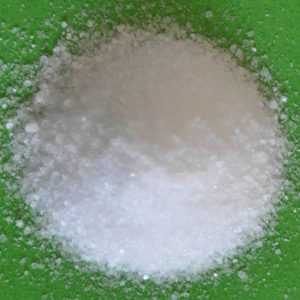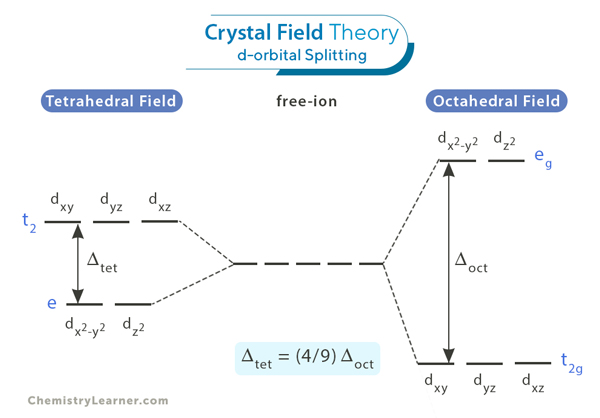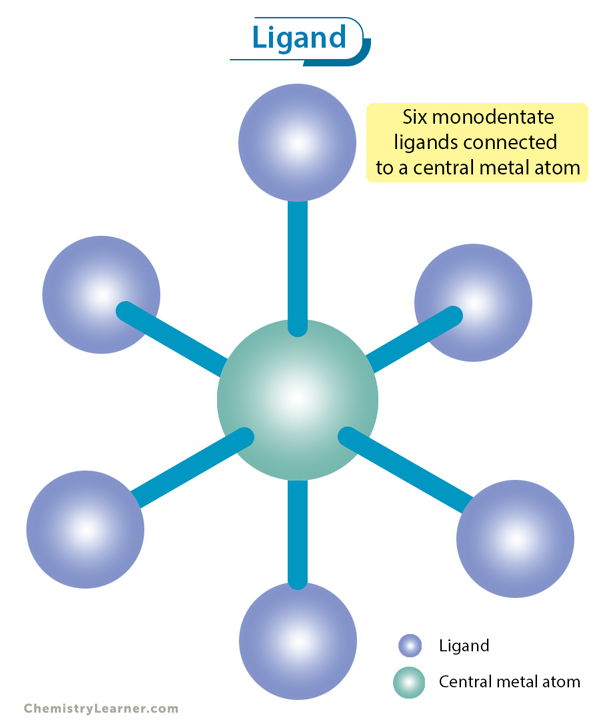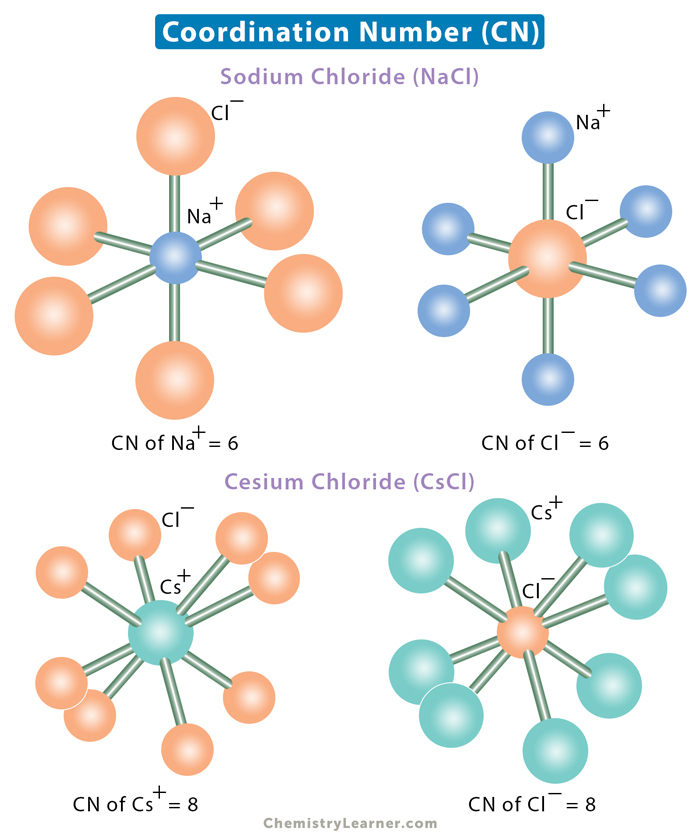Barium Hydroxide
- What is Barium Hydroxide?
- Chemical Formula
- Molar Mass
- Is Barium Hydroxide Soluble In Water?
- Barium Hydroxide Properties
- Barium Hydroxide Octahydrate
- Barium Hydroxide Uses
- Barium Hydroxide MSDS
- Barium Hydroxide and Hydrochloric Acid
- Barium Hydroxide and Sulfuric Acid
- Barium Hydroxide and Ammonium Chloride
- Barium Hydroxide and Ammonium Thiocyanate
- Barium Hydroxide Monohydrate
- Is Barium Hydroxide Strong Or Weak Base?
- Barium Hydroxide and Nitric Acid
- Barium Hydroxide and Carbon Dioxide
- Perchloric Acid and Barium Hydroxide
- Acetic Acid and Barium Hydroxide
- Barium Hydroxide and Phosphoric Acid
- Barium Hydroxide and Ammonium Nitrate
- Barium Hydroxide and Ammonium Chloride
- Barium Hydroxide Octahydrate and Ammonium Thiocyanate
What is Barium Hydroxide?
It is a chemical substance that is also known as “Baryta”. It is a compound of Barium, a soft silvery metal of the alkali earth group.
It can be produced by dissolving Barium Oxide (represented as BaO) in water. It is expressed by this chemical reaction:
BaO + 9 H2O → Ba(OH)2·8H2O
Chemical Formula
The chemical formula for Barium Hydroxide is Ba(OH)2.
Molar Mass
The molar mass of Barium Hydroxide is
171.34 g/mol (in Anhydrous solutions)
189.355 g/mol (Monohydrate)
315.46 g/mol (Octahydrate)
Is Barium Hydroxide Soluble In Water?
The solubility of Barium Hydroxide is moderate in water. However, this compound is insoluble in acetone. At room temperature, it can produce a solution. The Barium Hydroxide solution is found to have an approximate concentration of 0.1 mol dm-3.

Picture 1 – Barium Hydroxide
Source – flourish2010.en.made-in-china.com
Barium Hydroxide Properties
The physical and chemical properties of this compound are as follows:
Stability
This is a stable compound. It is incompatible with carbon dioxide, acids, and moisture. It is necessary to avoid making contact with this substance with incompatible materials.
Appearance
This is a crystalline substance that can range from white to transparent in appearance.
Specific Gravity
The specific gravity of this substance is 2.18.
Melting Point
The substance melts at a temperature of 408 °C.
Boiling Point
The material boils at a temperature of 780 °C.
pH Value
The ph value of barium hydroxide actually depends on its concentration. That said, the pH of this compound is around -2. This indicates that it is highly basic in nature.
Density
It has a density of 2.18 per g cm-3
Molecular Formula
The molecular formula of Barium Hydroxide Octahydrate is BaH18O10.
Barium Hydroxide Octahydrate
This is a chemical compound that appears as a white crystalline powder. It is solid and soluble in water. It has a melting point of 78 °C.
It is also known by other names like
- Barium hydrate
- Barium hydroxide
- 8-hydrate
Barium Hydroxide Uses
It is used for a number of purposes, such as
- In manufacturing alkali
- In constructing glass
- In synthetic rubber vulcanization
- In corrosion inhibitors
- As drilling fluids, pesticides and lubricants
- For boiler scale remedy
- For refining vegetable and animal oils
- For fresco painting
- In softening water
- As an ingredient of homeopathic remedies
- To clean up acidic spills
It is also used in the sugar industry for preparing beet sugar.
Barium Hydroxide MSDS
The Material Safety Data Sheet (MSDS) for Barium Hydroxide is as follows:
Safety Measures
This substance can be harmful if inhaled, swallowed, or even exposed to. Direct exposure to the skin, eyes or clothes can be dangerous. Hands should be thoroughly washed after handling this material. If clothes come in contact with this substance, they should immediately be removed. Any region of skin exposed to this compound should immediately be washed with cold water and a light soap.
Toxicology
Prolonged exposure to this substance may result in skin irritation. Lungs and respiratory passages can be irritated by the dust of this material. Ingestion may lead to a number of discomforting symptoms, such as
- Nausea
- Vomiting
- Headache
- Dizziness
- Gastrointestinal irritation
Individuals with pre-existing conditions of the respiratory system, skin or eyes may become more susceptible to having one or more of the aforementioned symptoms.
Personal Safety
It is necessary to store this material safely to avoid any spillage and fire hazards. Any fire started from this substance can be controlled by fire-extinguishers. Individuals using this compound should wear protective clothing and use self-contained breathing apparatus to prevent contact of this material with eyes, clothes, or skin.
Barium Hydroxide and Hydrochloric Acid
Barium Hydroxide is used for neutralizing Hydrochloric Acid. The chemical reaction between the two compounds is given as:
Ba(OH)2 (aqueous) + 2HCl (aqueous) –> BaCl2 (aqueous) + 2H2O (liquid)
Barium Hydroxide and Sulfuric Acid
Barium Hydroxide is often used to neutralize Sulfuric Acid. The reaction is expressed through this representation:
Ba(OH)2(solid) + H2SO4(aqueous) → BaSO4(solid) + 2H2O(liquid)
The little amount of BaSO4 which is got from the moderately soluble Ba(OH)2 coats and precipitates the Ba(OH)2. As a result, the reaction between H2SO4 and Ba(OH)2 comes to a halt.
Barium Hydroxide and Ammonium Chloride
The neutralization reaction of solid hydrated barium hydroxide with solid ammonium chloride is endothermic in nature. The reaction produces a liquid, accompanied by a drop in the temperature to about -20 °C. It is represented as:
Ba(OH)2 (aqueous) + 2NH4Cl (aqueous) → BaCl2 (aqueous) + 2NH3 (gaseous) + HOH (liquid).
Barium Hydroxide and Ammonium Thiocyanate
This is an endothermic reaction that produces Barium Thiocyanate. It is expressed through this chemical reaction:
Ba(OH)2.8H2O (solid) + 2 NH4SCN (solid) → Ba(SCN)2 (solid) + 10 H2O (liquid) + 2 NH3 (gaseous).
Barium Hydroxide Monohydrate
This chemical compound appears as a white powder. It is also known by other names like
- Dried Barium Hydroxide
- Caustic Baryta Monohydrate
- Barium Hydroxide 1-Hydrate
The compound is used for various purposes like
- Purifying water
- Manufacturing oil additives
- Making lubricating substances
- Making barium-rich chemicals
Skin contact, inhalation, or ingestion of this material can cause dangerous health hazards. In acute cases, death may also occur. This is a non-inflammable substance but can decompose on exposure to heat and produce toxic and/or corrosive flames. It should be stored in containers in a cool, dry place and always kept away from heat. Otherwise, containers may explode in a heated environment.
Is Barium Hydroxide Strong Or Weak Base?
This compound is quite soluble in water. It is regarded as the only dibasic strong base. It is capable of making litmus paper blue and can form salt and water on reacting with acid.
Barium Hydroxide and Nitric Acid
Barium Hydroxide reacts with Nitric acid to produce a salt (Barium Nitrate) and water, as in the case of classic acid-base reactions. The chemical reaction is expressed as:
2HNO3(aqueous Nitric acid) + Ba(OH)2(aqueous Barium Hydroxide) → Ba(NO3)2(aqueous Barium Nitrate) + 2H2O(water)
Barium Hydroxide and Carbon Dioxide
Ba(OH)2 reacts with Carbon Dioxide to produce Barium Carbonate. This is expressed by the following chemical reaction:
Ba(OH)2 + CO2 → BaCO3 + H2O.
Perchloric Acid and Barium Hydroxide
Two molecules of Perchloric Acid react with one molecule of barium hydroxide to produce two molecules of water and one molecule of Barium Perchlorate (also known simply as Barium Chlorate). The reaction is expressed as
Ba(OH)2 + 2 HClO4 (aqueous) → Ba(ClO4)2 (aqueous) + 2 H2O (liquid).
Barium hydroxide used in this reaction is either a solid or a highly dilute aqueous solution.
Acetic Acid and Barium Hydroxide
Two molecules of Acetic Acid react with one molecule of Barium Hydroxide to form a salt (Barium Nitrate) along with water, like any other acid-base reaction. It is expressed as:
2 CH3COOH + Ba(OH)2 → Ba(C2H3O2)2 + 2H2O
The reaction can be made easier by substituting C2H3O2 with Ac. Thus replaced, the chemical reaction may be given as:
2 HAc + Ba(OH)2 → Ba(Ac)2 + 2H2O
Barium Hydroxide and Phosphoric Acid
This acid-base neutralization reaction involves the participation of three molecules of Barium Hydroxide and two molecules of Phosphoric Acid. The formulaic representation for this chemical reaction is as follows:
3 Ba(OH)2 + 2 H3PO4 → Ba3(PO4)2 + 6H2O
It leads to the precipitation of Barium Phosphate. This can be regarded as a “Double Replacement” reaction in which barium replaces hydrogen which in turn replaces barium.
3 Ba(OH)2 + 2 H3PO4 → Ba3(PO4)2 + 6HOH
Barium Hydroxide and Ammonium Nitrate
Two molecules of aqueous Barium Hydroxide react with aqueous Ammonium Nitrate to form aqueous solutions of Barium Nitrate, Ammonia, and water. The chemical reaction is given as:
Ba(OH)2 (aqueous) + 2 NH4NO3 (aqueous) → Ba(NO3)2 (aqueous) + 2 NH3 (aqueous) + 2 H2O (liquid).
Ammonia may dissolve into the solution until saturated. It can then evolve into a gas, thereby completing the chemical change.
Barium Hydroxide and Ammonium Chloride
Solid ammonium chloride is mixed with solid hydrated barium hydroxide in a beaker to form Barium Chloride. Gaseous ammonia and Hydrogen Hydroxide (water) are the other products resulting from this endothermic reaction. The temperature drastically drops to approximately -20 °C in this cool reaction.
The formulaic representation of this reaction is as follows:
Ba(OH)2 (aqueous) + 2NH4Cl (aqueous) → BaCl2 (aqueous) + 2NH3 (gaseous) + HOH (liquid)
Barium Hydroxide Octahydrate and Ammonium Thiocyanate
Ammonium Thiocyanate (NH4SCN) is mixed with solid Barium Hydroxide Octahydrate (Ba(OH)2.8H2O) to produce Barium Thiocyanate. The acid-base reaction produces a basic gas that can be detected by pH paper.
The equation for this endothermic reaction is given as:
Ba(OH)2.8H2O(solid) + 2 NH4SCN(solid) → Ba(SCN)2(s ) + 10 H2O(liquid) + 2 NH3(gaseous).
This is an endothermic reaction that absorbs heat from the environment. This leads to a rapid drop in the temperature of this reaction, which can be read with the aid of a digital thermometer. It makes the beaker freeze to the wooden board. This is the reason why the beaker should be rested on a small board with a few drops of water poured on it.
Barium Hydroxide is one of the main compounds of Barium. Commercially, it is most commonly available as a white granular monohydrate.
- References




